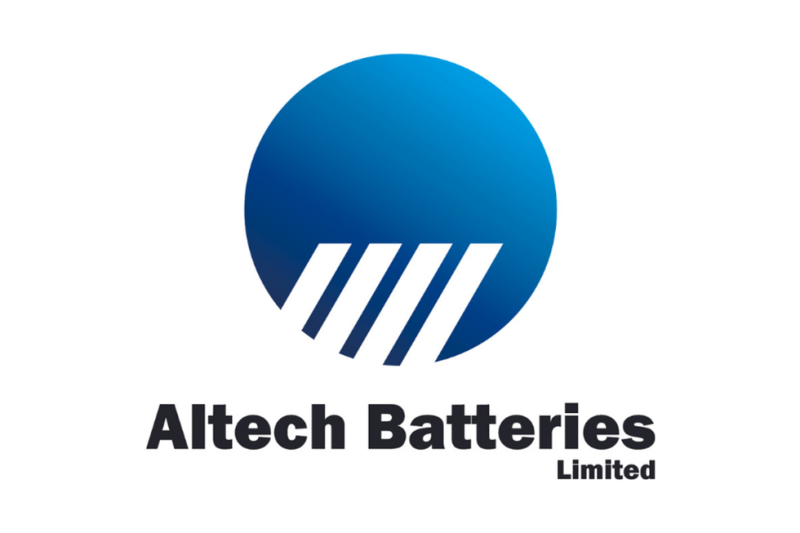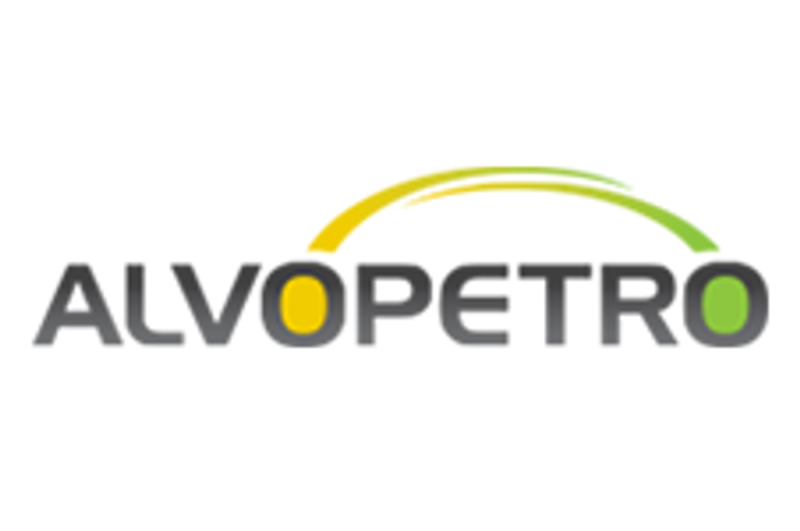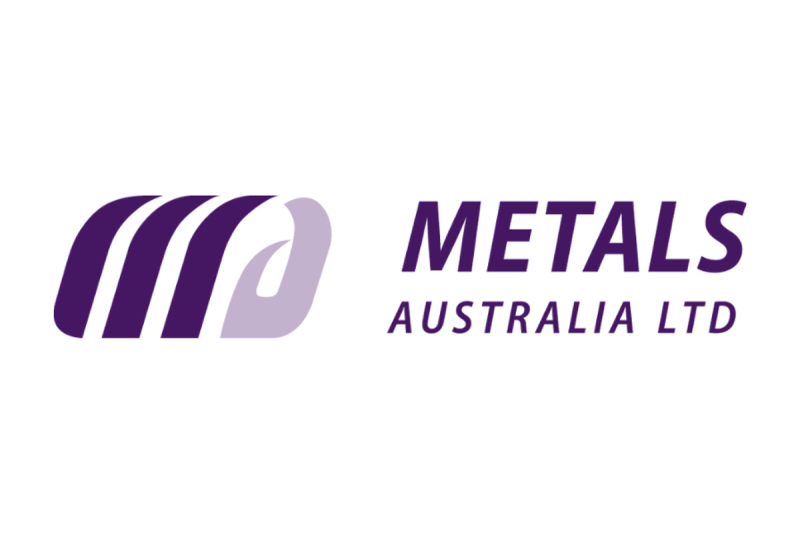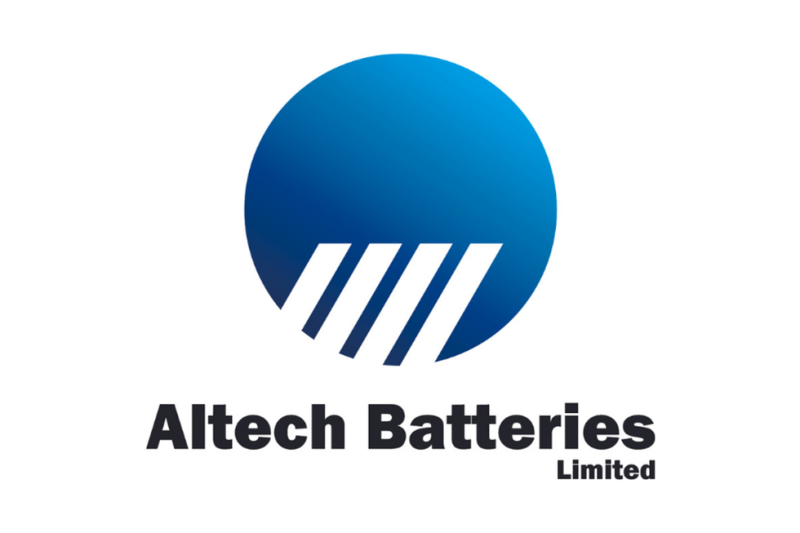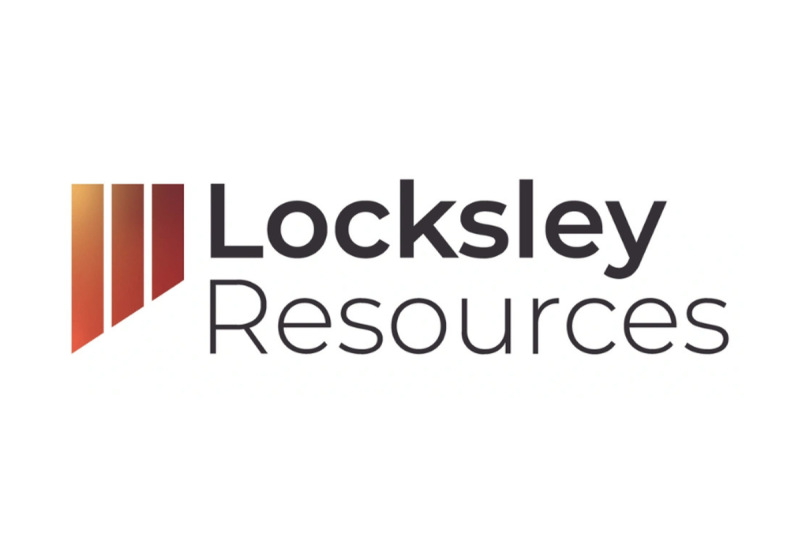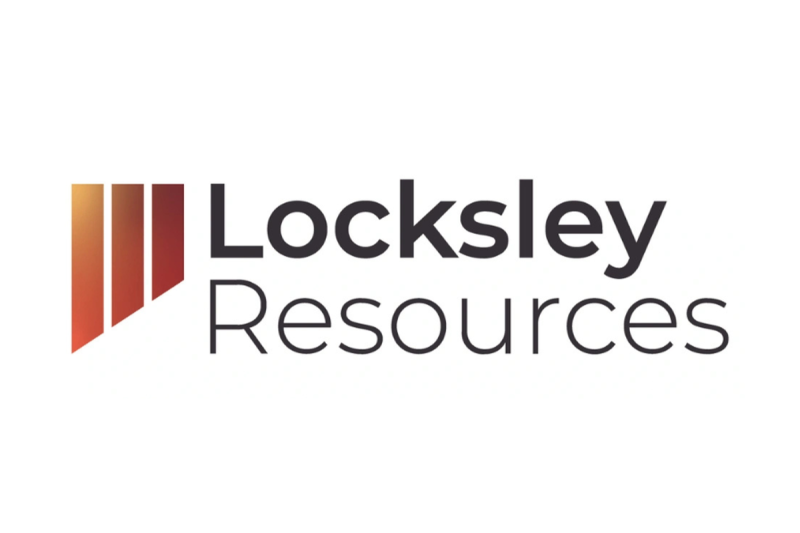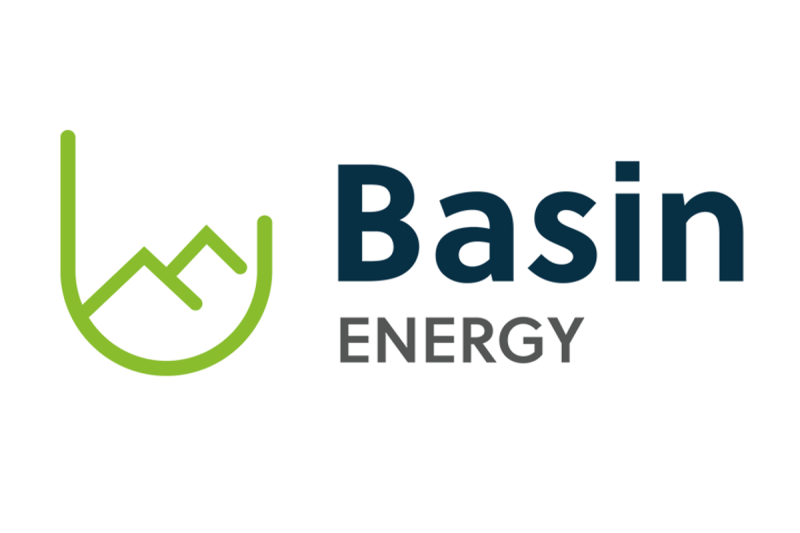Highlights
– Sodium-Nickel-Chloride (SNC) batteries have operated for over two decades in South Africa’s telecom and UPS sectors
– Field data shows an exceptionally low failure rate of just 0.6-1.5% across deployed AMPower or equivalent SNC batteries
– Lithium batteries typically show 3-5% failure rates; 8-12% lead-acid and NiCd often exceed 2-4%.
– Service life routinely exceeds 15-20 years, with minimal capacity fade and little maintenance required
– Performance benchmarked against lithium-ion, lead-acid, and nickel-cadmium batteries, demonstrating clear lifetime and safety advantages.
– SNC battery continues to function even if individual cell fails, ensuring uninterrupted system operation
– Major cost advantage: lower replacement frequency, no ventilation or cooling systems, and reduced total cost of ownership
– Validates SNC as the most reliable and maintenance-free UPS solution for explosive ATEX environments, remote operations, and critical industrial assets
For more than 15 years, SNC batteries have powered South Africa’s telecommunication and industrial UPS sectors, enduring extreme climates, unstable grids, and remote conditions. This long history of reliability underscores why SNC technology is now central to Altech Batteries’ expansion strategy for European pipeline and hydrogen control infrastructure.
SOUTH AFRICAN FIELD EXPERIENCE – PROVEN IN HARSH ENVIRONMENTS
SNC batteries have been in service across South Africa since the early 2010s, supporting telecom towers, utility substations, and industrial control systems. They operate reliably in some of the toughest conditions-regularly exposed to temperatures above 50degC and constant power interruptions. Evidence shows that they continue to deliver stable capacity and output. A number of units installed as far back as mid 2000s are still running today, without the need for maintenance or electrolyte replacement. Field data collected by AMPower shows a remarkably low failure rate of just 0.6% to 1.5%, underscoring the chemistry’s proven reliability. With no need for active cooling and minimal servicing requirements, field evidence has demonstrated SNC batteries are well suited to remote or high-temperature environments.
WHY SNC BATTERIES LAST SO LONG
Sodium-Nickel-Chloride batteries derive their longevity from their solid-state ceramic construction and fully sealed architecture. There are no flammable electrolytes, no venting gases, and no corrosion pathways. The internal molten sodium and nickel chloride reaction is contained within a B-alumina ceramic electrolyte, ensuring stable operation across thousands of cycles. Unlike lead-acid and lithium-ion batteries, SNC chemistry suffers no electrode dendrite formation or electrolyte degradation. It is immune to over-discharge damage and can remain idle for months without capacity loss. This combination of chemical stability and mechanical robustness allows SNC batteries to achieve service lives exceeding 15-20 years under both float and cycling conditions.
COMPARISON: SNC VS. LITHIUM, LEAD ACID, AND NICKEL-CADMIUM
Industry experience shows that lithium-ion batteries typically fail at rates of around 3-5%, lead-acid systems at 8-12%, and nickel-cadmium batteries at 2-4%. See Table 1. Failures usually stem from chemical wear, heat stress, or physical damage. In lithium-ion cells, problems such as dendrite growth, electrolyte breakdown, and thermal runaway are common. Lead-acid batteries often suffer from sulfation and corrosion of the plates, while nickel-cadmium types are prone to memory effect and electrolyte leakage.
SNC batteries, by contrast, avoid these issues altogether. Their solid ceramic electrolyte contains no liquid components to corrode or gas to evolve, and they operate in a stable thermal environment.
TECHNOLOGICAL REDUNDANCY – EACH CELL INDEPENDENT
In SNC batteries, each cell is housed inside a beta-alumina solid electrolyte (BASE) tube that allows sodium ions (Na+) to pass through while blocking electrons. If a small crack develops in the ceramic, the battery doesn’t immediately fail. Because the sodium is molten at the operating temperature of about 270degC, it remains fluid enough to seep into the micro-fracture and coat the surfaces. This forms a thin ionic bridge that keeps sodium ions moving across the damaged area, maintaining conductivity. The elevated temperature keeps both the sodium and nickel-chloride materials molten and active, allowing ion transport to continue smoothly. Moreover, SNC battery modules contain many cells connected in series or parallel, so if one cell’s resistance increases slightly, the others compensate-ensuring steady voltage and reliable overall performance.
Altech Managing Director Iggy Tan commented:
‘It’s great to see real service-life data confirming the reliability and consistency of SNC battery technology.
These results back up our long-held understanding of how well the batteries perform under harsh conditions, including high temperatures and frequent power disruptions. The exceptionally low failure rate highlights the strength of the chemistry and design, while the high float life proves their long-term stability.
This outstanding durability sets SNC batteries apart as one of the most dependable and low-maintenance energy storage solutions available today.’
*To view tables and figures, please visit:
https://abnnewswire.net/lnk/EWZYW817
About Altech Batteries Ltd:
Altech Batteries Limited (ASX:ATC,OTC:ALTHF) (FRA:A3Y) is a specialty battery technology company that has a joint venture agreement with world leading German battery institute Fraunhofer IKTS (‘Fraunhofer’) to commercialise the revolutionary CERENERGY(R) Sodium Alumina Solid State (SAS) Battery. CERENERGY(R) batteries are the game-changing alternative to lithium-ion batteries. CERENERGY(R) batteries are fire and explosion-proof; have a life span of more than 15 years and operate in extreme cold and desert climates. The battery technology uses table salt and is lithium-free; cobalt-free; graphite-free; and copper-free, eliminating exposure to critical metal price rises and supply chain concerns.
The joint venture is commercialising its CERENERGY(R) battery, with plans to construct a 100MWh production facility on Altech’s land in Saxony, Germany. The facility intends to produce CERENERGY(R) battery modules to provide grid storage solutions to the market.
Source:
Altech Batteries Ltd
Contact:
Corporate
Iggy Tan
Managing Director
Altech Batteries Limited
Tel: +61-8-6168-1555
Email: info@altechgroup.com
Martin Stein
Chief Financial Officer
Altech Batteries Limited
Tel: +61-8-6168-1555
Email: info@altechgroup.com
News Provided by ABN Newswire via QuoteMedia

